There’s something very satisfying about springing a well-laid chess trap.
That moment when your opponent’s confident smile fades as they realize their “obvious” move just lost them the game.
But why should you, as a beginner or intermediate player, invest time in learning them?
For starters, it is an opportunity for a quick win. But more importantly, knowing these chess traps is the best way to avoid falling for them.
We’ve covered five of the most effective chess traps that every beginner and intermediate player should master.
What Makes a Chess Trap “Effective” for Beginners and Intermediates?
Not all traps are created equal. An effective chess trap must meet key criteria that distinguish it from bad tricks or unsound gambits.
First, the trap should arise from natural, principled opening play. These traps don’t require you to play some bizarre opening.
Each trap should be a mini-lesson in a core tactical motif. You will see brilliant examples of pins, forks, discovered attacks, overloaded pieces, and more.
The consequences of falling into the trap must be clear and significant. Whether it’s checkmate, loss of the queen, or material disadvantage.
Finally, good traps have educational value even when they fail. If your opponent doesn’t fall for the trap, the attempt itself should teach you.
The Top 5 Chess Traps Revealed
The following five traps have been selected based on their frequency in practical play, educational value, and effectiveness.
Trap 1: Legal’s Mate (Légal Trap)
This brilliant motif typically comes from the Italian Game opening or Philidor Defense-type positions.
1. e4 e5
2. Nf3 d6
3. Bc4 Bg4
4. Nc3 Nc6
5. h3 Bh5?
6. Nxe5!!
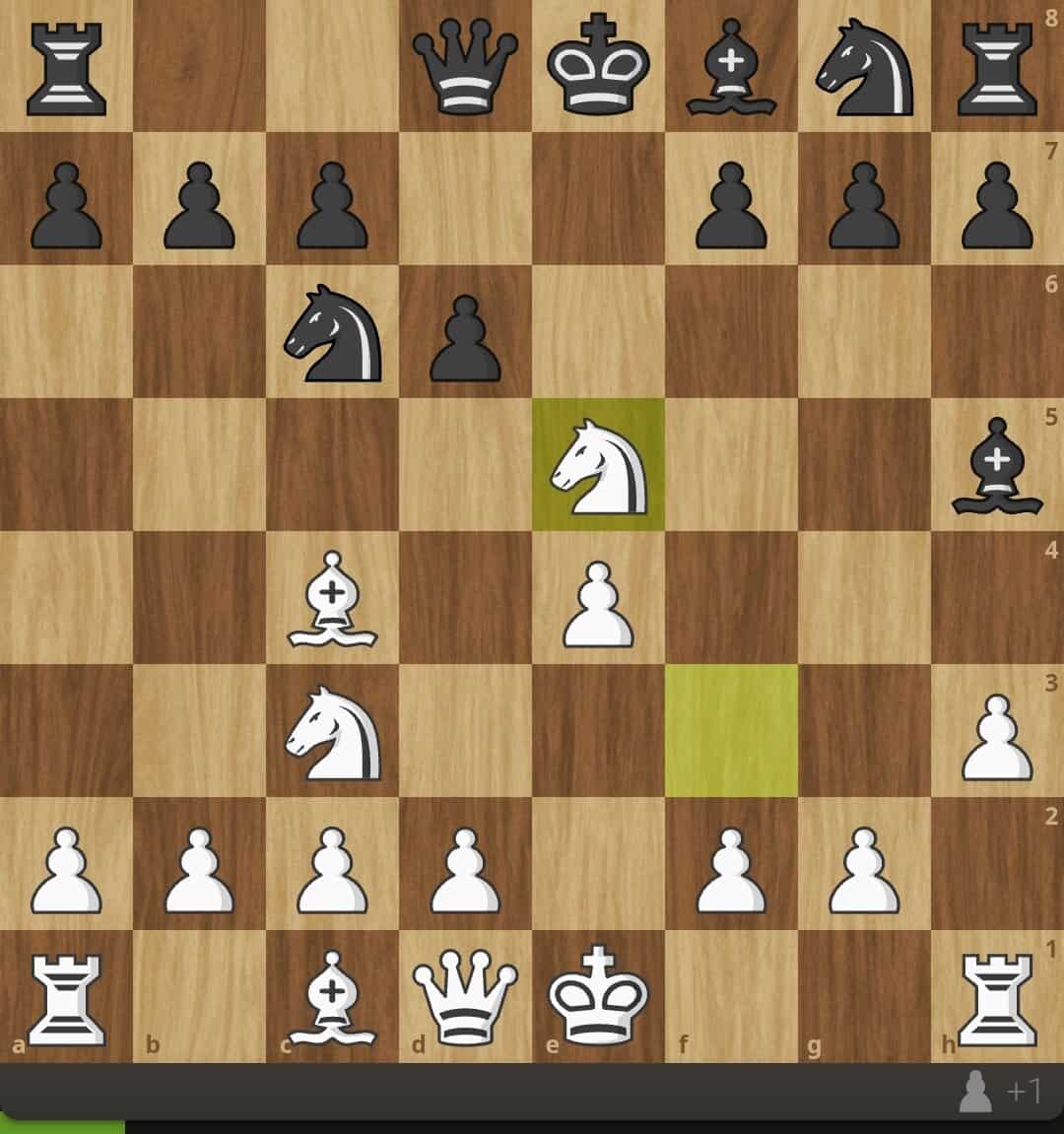
6.. Bxd1?? (A fatal blunder. Black greedily takes the “free” queen.)
7. Bxf7+ Ke7
8. Nd5#
Black greedily captures what appears to be a free queen, only to discover that White’s minor pieces deliver an unstoppable checkmate.
If Black plays 6…dxe5 instead of capturing the queen, White simply wins the bishop with 7.Qxh5.
Some players attempt…
6…Nxe5, but after
7.Qxh5 Nxc4
8.Qb5+ c6
9.Qxc4,
White is a clean pawn up and has an edge in development.
Trap 2: Elephant Trap (The “Pin and Win” Trap)
The Elephant Trap typically occurs in the Queen’s Gambit Declined opening positions.
It starts with:
1. d4 d5
2. c4 e6
3. Nc3 Nf6
4. Bg5 Nbd7
White has developed actively, but 4… Nbd7 by black supports the Nf6 knight and prepares a nasty trap for White.
5. cxd5 exd5
6. Nxd5??
White thinks they’re being clever here. If Black recaptures with 6…Nxd5, then 7.Bxd8 wins the Queen because the knight on f6 is pinned. It looks like White just won a clean pawn.
But,
6… Nxd5!
7. Bxd8 Bb4+!
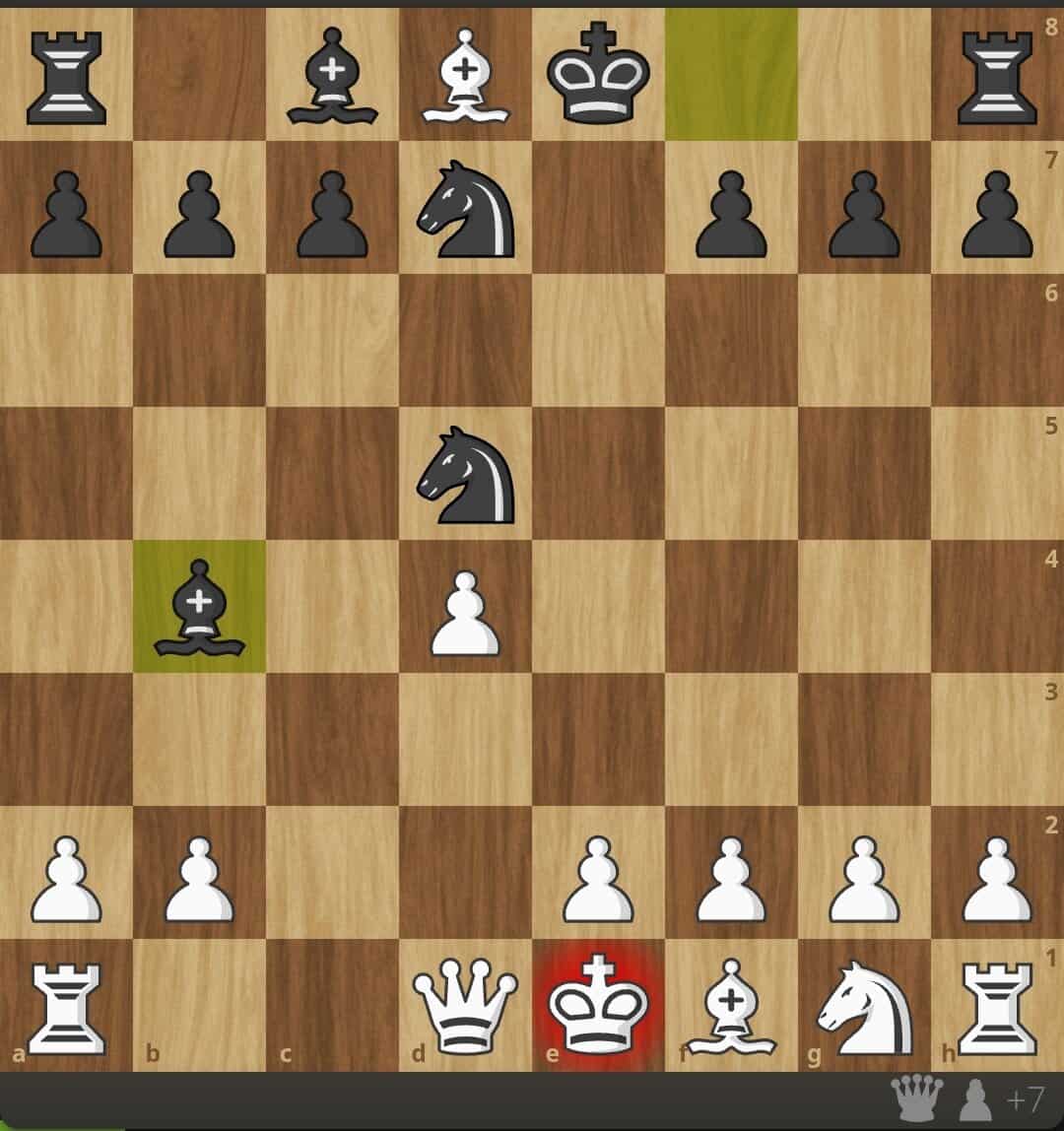
This is the killer move, the intermediate check, or zwischenzug.
8. Qd2 (Forced, the only legal move to block the check)
8….Bxd2+
9. Kxd2 Kxd8

The smoke clears, and Black emerges a full minor piece ahead. The “pinned” knight wasn’t pinned at all.
Trap 3: Noah’s Ark Trap (Bishop Blunder Trap)
The Noah’s Ark Trap is named whimsically for the way pawns “flood” the bishop’s escape squares. It typically occurs in the Ruy Lopez where White’s bishop lands on b3.
1. e4 e5
2. Nf3 Nc6
3. Bb5 a6 (Morphy Defense)
4. Ba4 d6
5. d4 (A common and aggressive try by White) b5 (Black immediately challenges the bishop)
6. Bb3 Nxd4
A brilliant pawn sacrifice. Black lures the white knight to d4 to set up the trap.
7. Nxd4 exd4
8. Qxd4??
Blunder! White greedily recaptures the pawn, falling headfirst into the trap.
8. … c5! (The first nail in the coffin. The queen is attacked and must move.)
9. Qd5 Be6 (Defending against the threat on the rook and re-attacking the queen.)
10. Qc6+ Bd7
11. Qd5 c4!
The pawn on c4, supported by the pawn on b5, forms an unbreakable cage. The bishop on b3 is lost.
Bishop trapped on b3 by pawns
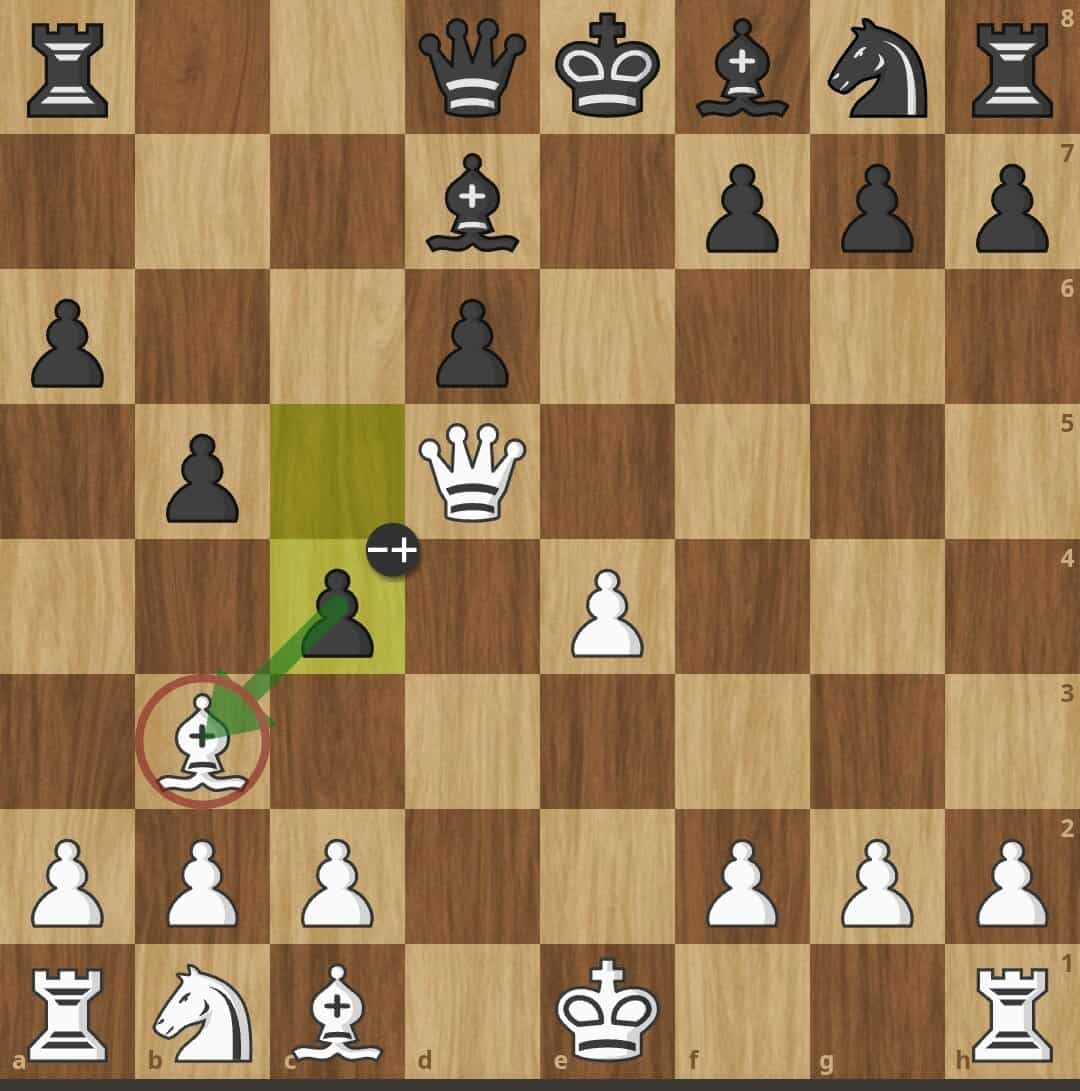
White misjudges the safety of the centralized queen and bishop. The focus on winning the d4 pawn blinds White to Black’s pawn storm.
Trap 4: The Fried Liver Attack
This is less of a one-move trap and more of a devastating attacking system. It begins with the Italian Game, with black playing the Two Knights Defense.
1. e4 e5
2. Nf3 Nc6
3. Bc4 Nf6
4. Ng5 d5
5. exd5 Nxd5?!
Black recaptures the pawn naturally, but this allows White’s spectacular sacrifice. The safer 5…Na5 avoids the main chess trap.
6. Nxf7!!
The knight sacrifice! This is the beginning of the Fried Liver Attack.
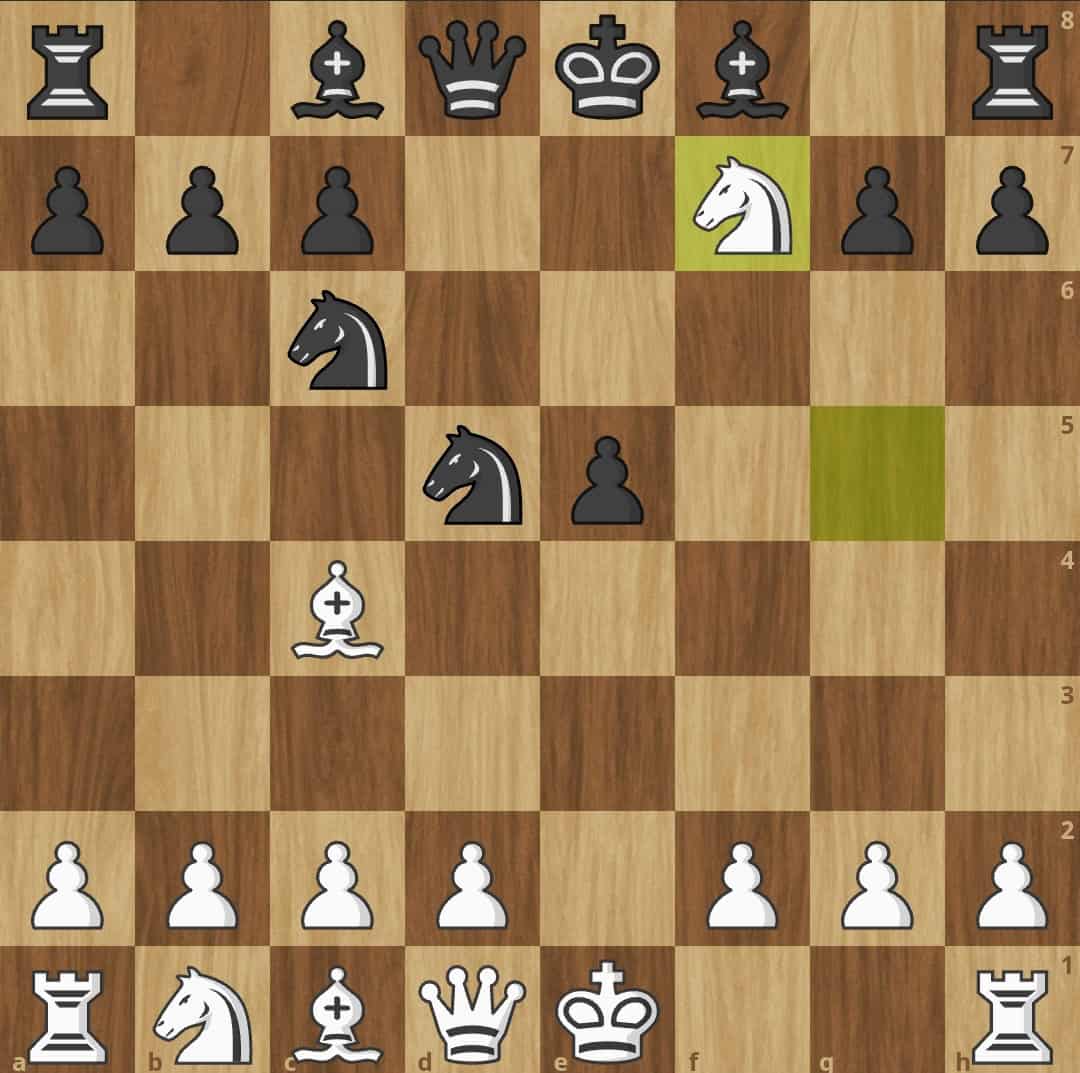
6. ….Kxf7 (Forced. Declining the sacrifice is even worse.)
7. Qf3+ Ke6
8. Nc3
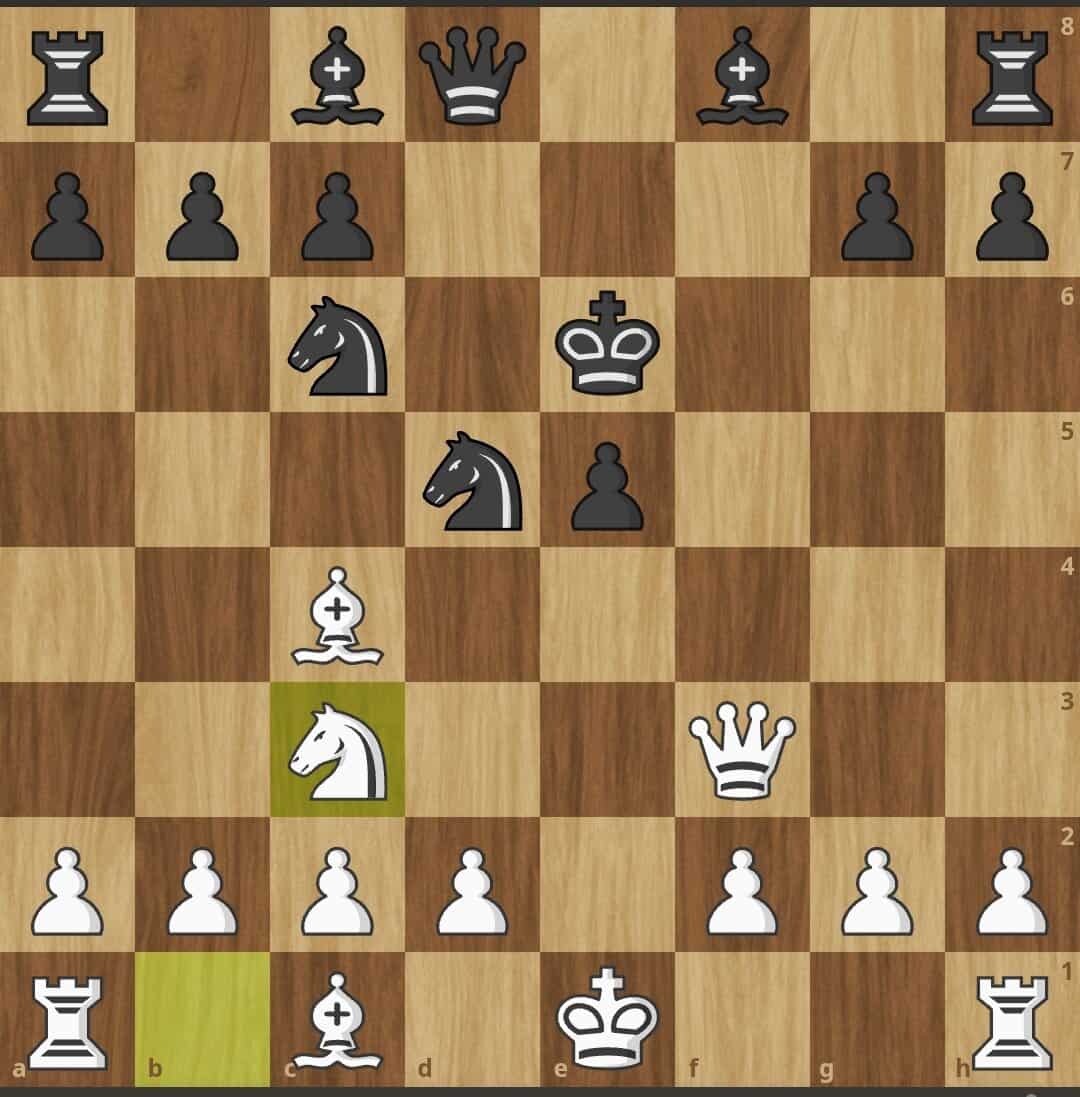
Black’s position is on the verge of collapse. The king is horribly exposed in the center of the board, and the Nd5 knight is pinned and about to be lost.
Trap 5: Lasker Trap (Albin Countergambit in Queen’s Gambit)
The Lasker Trap is an incredible sequence in the Albin Countergambit. Black appears to blunder, but it’s all a setup for a stunning tactical combination.
1. d4 d5
2. c4 e5
3. dxe5 d4
4. e3? Bb4+
5. Bd2 dxe3!
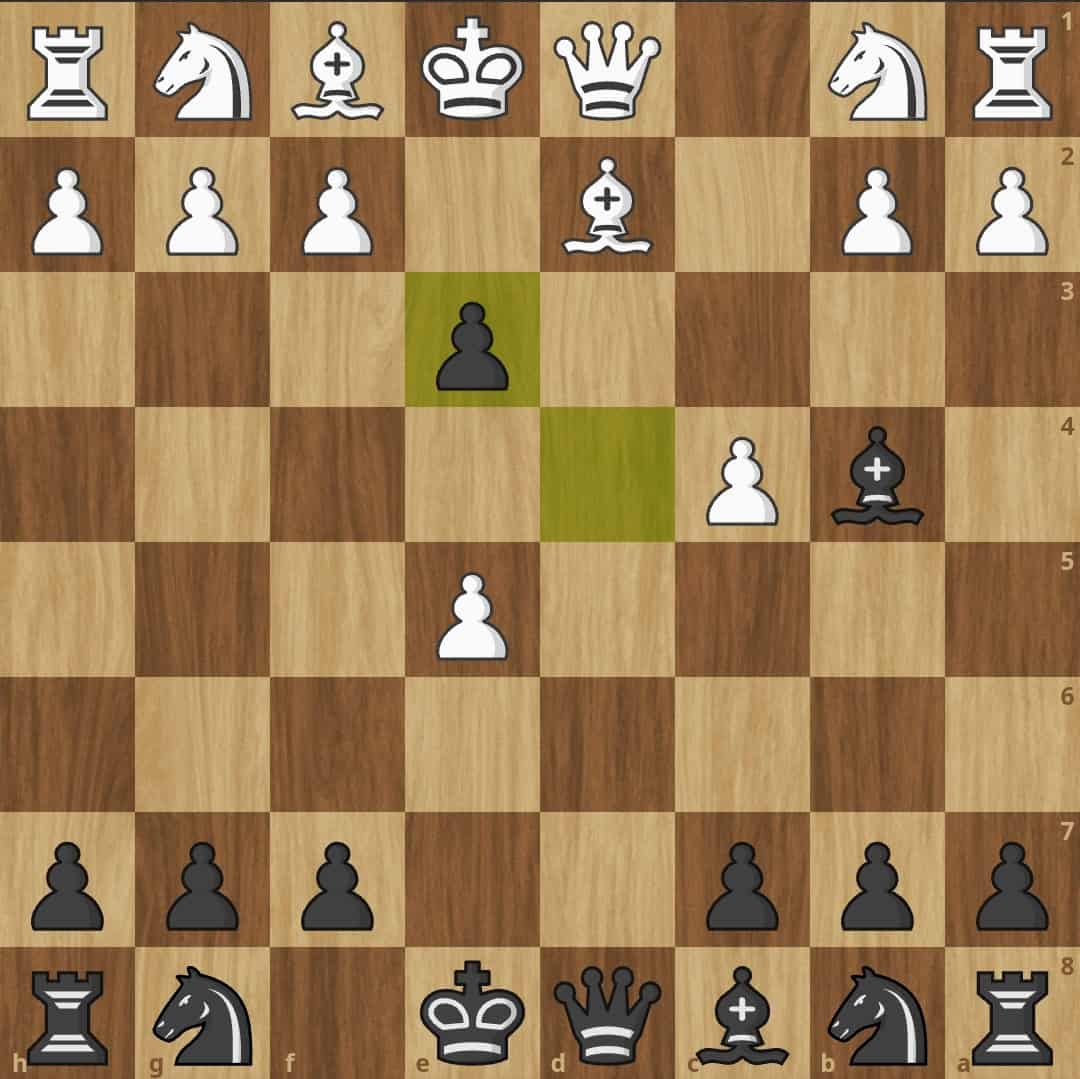
Black offers a trade of bishops while opening the d-file and threatening the pawn on f2.
6. Bxb4?? (Blunder!. White thinks they are winning a piece.)
6… exf2+!
7. Ke2 fxg1=N+!!
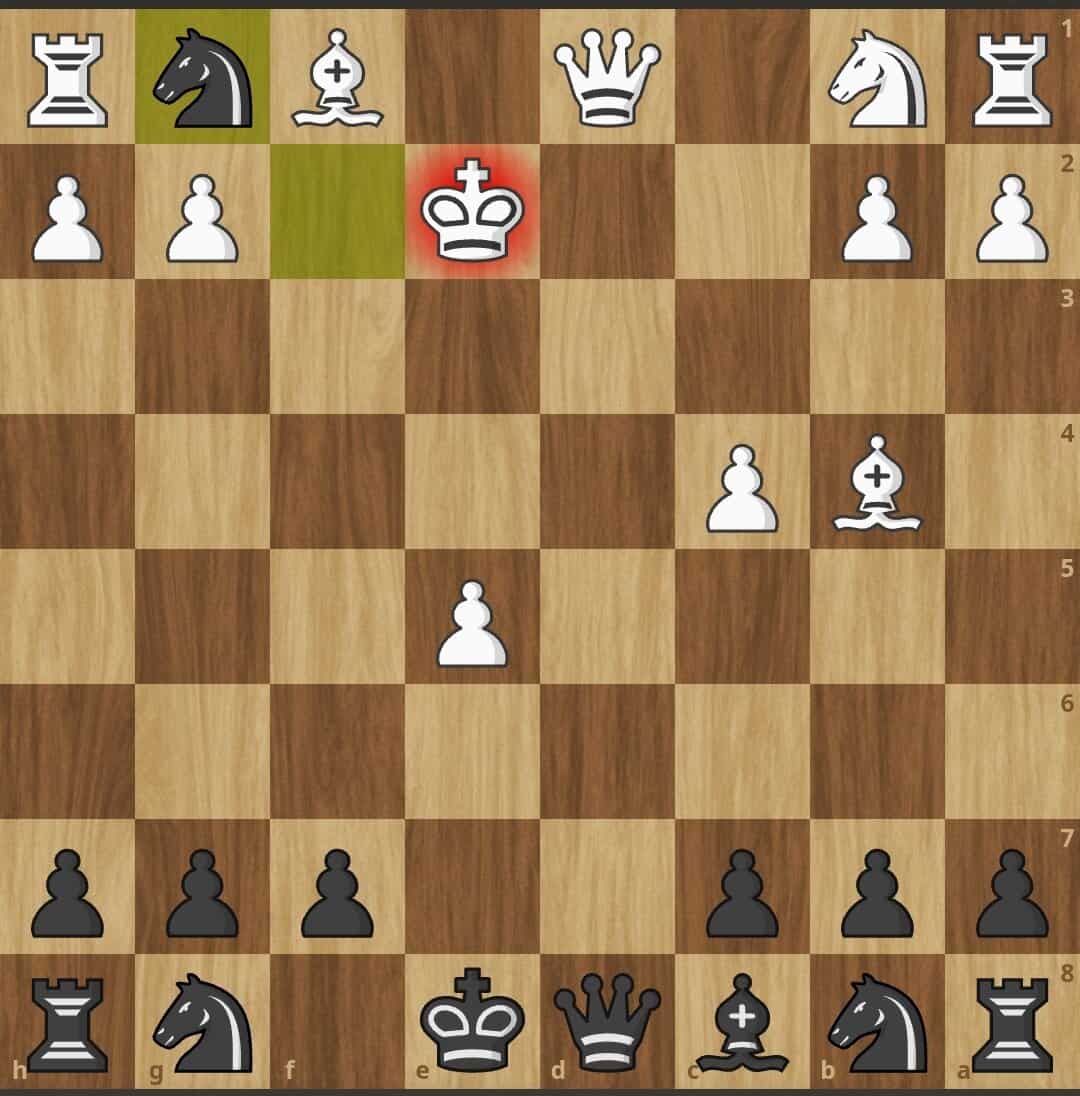
The pawn promotes to a Knight, not a Queen, and delivers a check. White’s position collapses.
The under-promotion to a knight on g1 is a tactical bomb. If White tries 8. Rxg1, Black plays 8 …Bg4, winning the Queen.
Tips for Using (and Avoiding) Chess Traps Effectively
Understanding chess traps goes beyond memorizing move sequences.
The key is grasping the underlying ideas so you can adapt when opponents deviate from the main lines.
Focus relentlessly on chess fundamentals. Strong tactical vision, solid opening principles, and pattern recognition are your best defense against traps.
Never play only for traps. Your primary goal should always be sound chess development and powerful positions.
Traps are bonuses that arise naturally from excellent play.
Develop a trap radar by recognizing warning signs. When your opponent makes unusual, provocative, or seemingly weak moves, ask yourself: “What’s the idea?” Calculate carefully before making obvious responses.
Using Traps as Stepping Stones to Stronger Chess (Conclusion)
These five chess traps offer an entertaining and educational introduction to tactical chess.
They’ll help you win games and develop the pattern recognition that separates powerful players from beginners.
However, chess traps are just one small piece of chess improvement. Consistent progress comes from studying all phases of the game.
The goal is always to play good chess, not simply to trick opponents.
So try these traps in your games (responsibly, of course!). Study them, understand them, and learn from them, whether you’re the trapper or the victim.



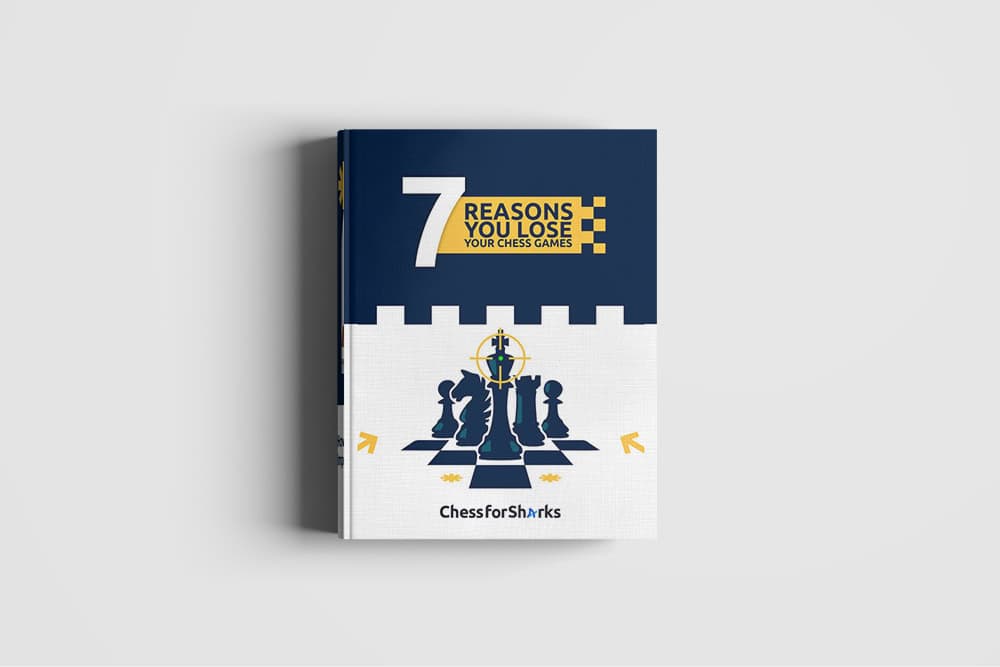
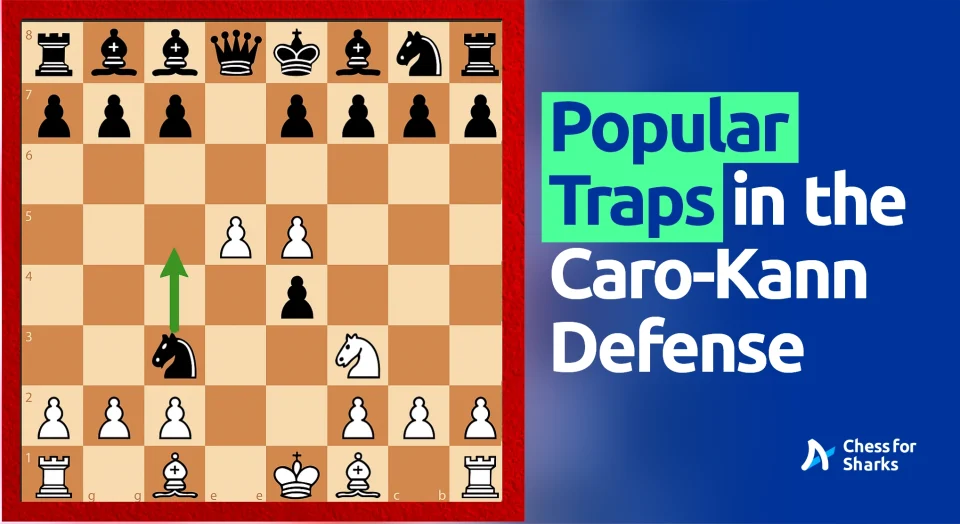
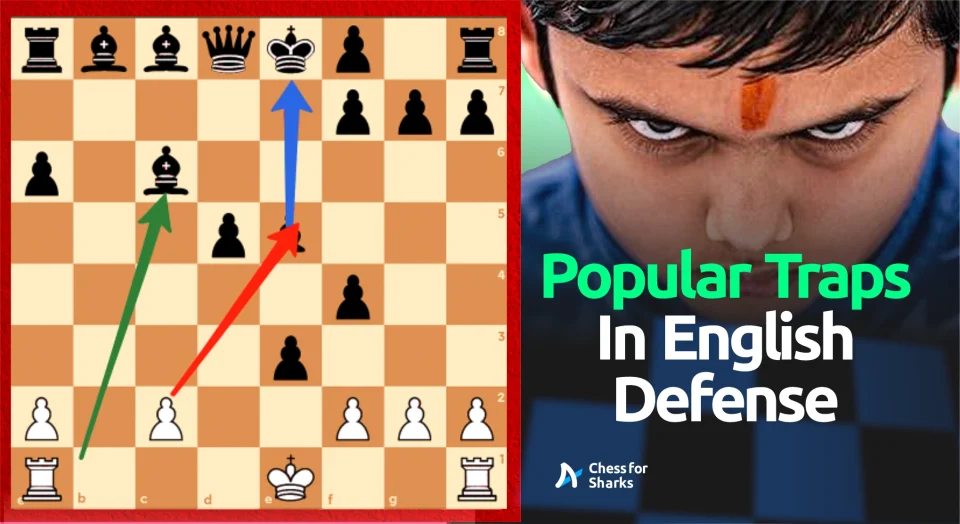

join the conversation